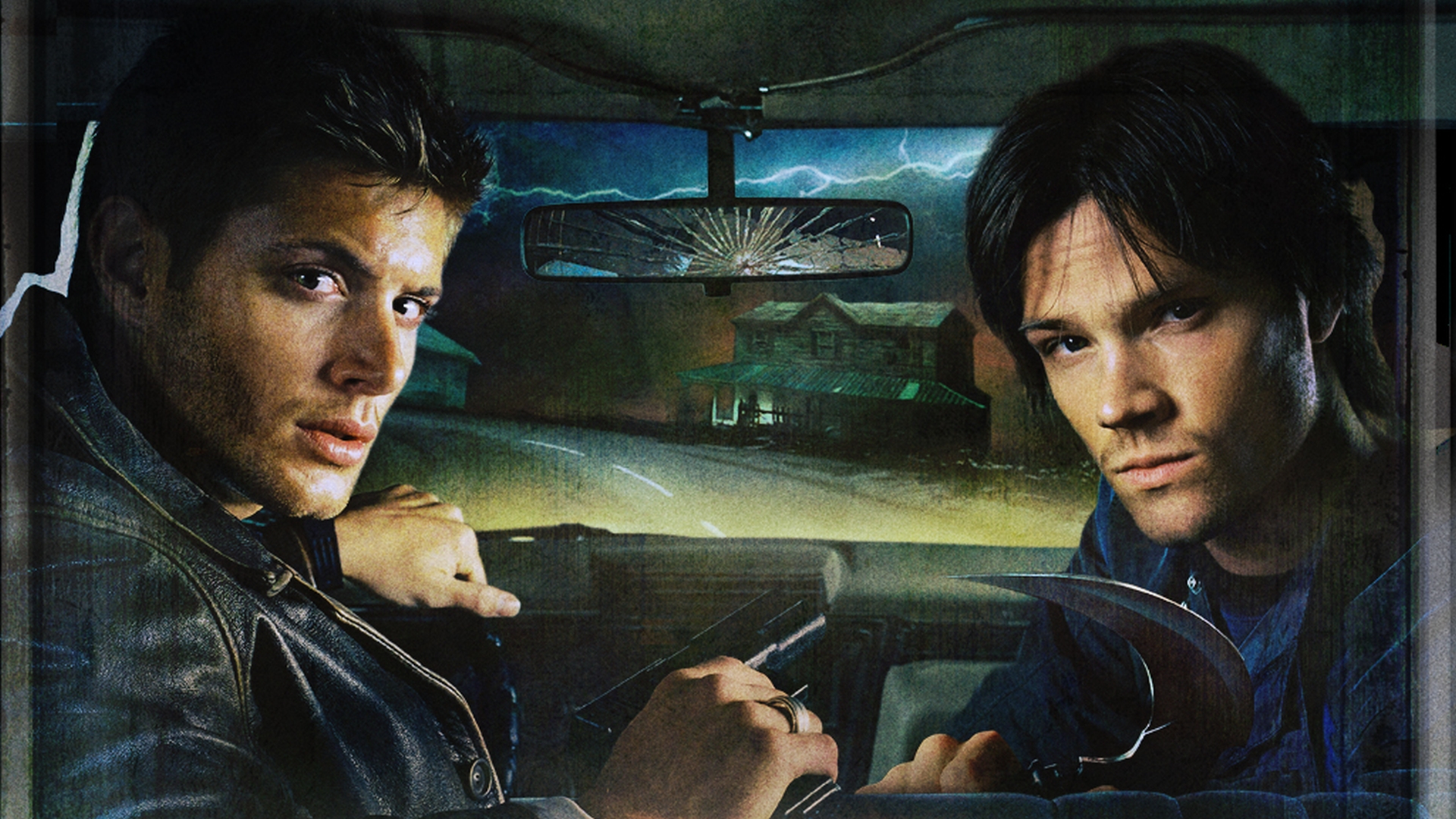
Is The Lord of the Rings' Gollum the Ultimate Hero's Villain?
Is The Lord of the Rings’ Gollum the Ultimate Hero’s Villain?
In the pantheon of movie villains, few have captured our hearts – and minds – quite like Gollum. This creature of Middle-earth is often seen as an outlier in the traditional hero-villain dichotomy. He’s more of a tragic figure, driven by motivations that are at once pitiful and repulsive. As we delve into the complexities of Gollum’s character, it becomes clear that he embodies many of the qualities we’d typically associate with heroes: obsession, loyalty, and a deep-seated desire for connection.
Take, for instance, Gollum’s unwavering dedication to his “precious.” This singular focus is often seen as a hallmark of villainy, but when viewed through a different lens, it reveals itself as a testament to the corrosive power of desire. For Gollum, the Ring is more than just a source of power; it’s a symbol of his own identity, forged from the toxic legacy of the Elf-lord Celebrimbor and the Dark Lord Sauron. His “precious” is both the root of his suffering and the driving force behind his actions – a paradox that speaks to the very heart of human (and hobbit) nature.
Of course, this dichotomy only becomes more pronounced when we consider Gollum’s relationship with Frodo. What begins as a twisted game of cat-and-mouse gradually gives way to an almost paternal devotion. Gollum is not simply a monster; he’s the product of centuries of isolation and despair, desperate for connection in a world that has abandoned him. In his own warped logic, Frodo is “Sméagol,” the lost love of his youth who has returned to reclaim what was once lost. This echoes the classic hero-villain dynamic, where the arch-nemesis is not simply evil, but rather a flawed mirror image of ourselves.
But here’s the thing: Gollum operates outside the traditional heroic-villain framework. He’s neither purely good nor purely evil; he’s something more akin to anti-heroism – a character that defies categorization and forces us to confront our own biases. In many ways, Gollum serves as the mirror image of Frodo himself, highlighting the darker aspects of his own nature and pushing him toward a crisis of identity.
Consider this: when Frodo first finds the Ring, he’s initially tempted by its power, just like Gollum before him. It’s only after witnessing Sméagol’s downward spiral into madness that Frodo begins to grasp the true horror of his possession. Similarly, as Gollum becomes increasingly consumed by the Ring, he begins to relive Sméagol’s past – a painful reminder that, beneath the surface, he remains a fragile and vulnerable creature.
As we navigate Middle-earth’s treacherous landscape, it becomes clear that the lines between good and evil are perilously thin. Gollum is neither purely villain nor hero; he exists in a grey area that threatens to consume us all. This moral ambiguity serves as a powerful commentary on our own capacity for both cruelty and compassion – and, ultimately, our inherent fallibility.
As we reflect on the complexities of Gollum’s character, it’s striking how often his most iconic lines – “My precious,” “We wants it, we needs it” – have become ingrained in popular culture. It’s as if we’ve internalized these phrases, embodying their dark allure even as we recoil from them. The power of language is intoxicating; our words can shape us as much as we shape the world around us.
Gollum’s own syntax is a testament to this. His halting, fractured speech – “precious,” “my precious” – is both beautiful and horrific. It’s like stumbling through a dark forest, searching for light in the most twisted of reflections. This use of language speaks directly to our primal fears: what happens when we lose ourselves in our own desires? When do we become complicit in our own downfall?
Perhaps that’s the greatest hero-villain paradox of all – Gollum’s capacity to elicit both pity and revulsion from us, simultaneously drawing us toward his pitiful allure. As an audience member, it’s tempting to categorize him as simply a monster; however, this would overlook the depth and complexity of Tolkien’s creation.
In many ways, Gollum serves as a haunting reminder that even our most insidious demons can be masked as something far more tragic – a desperate attempt to cling to love and connection in a world that has abandoned us. As we reflect on his character, we’re forced to confront the dark corners of our own hearts: where do we draw the line between compassion and complicity?
So, dear reader, take a moment to gaze into the Mirror of Gollum – the hall of broken reflections that echoes our own fragile humanity. What does it reveal about us?









